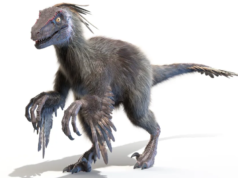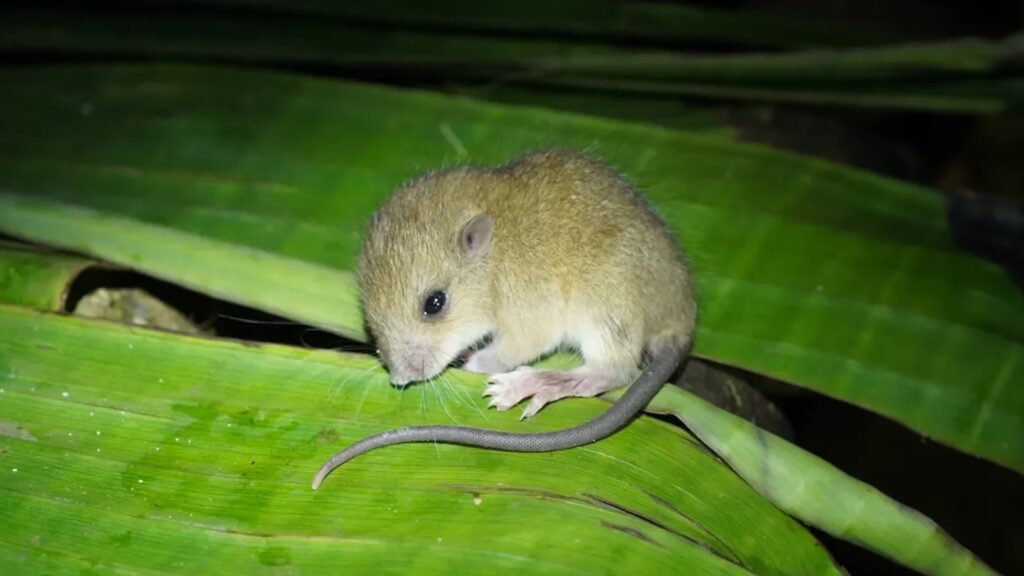
In a remarkable turn of events, scientists have re-discovered the elusive Isabel giant rat (Solomys sapientis), a species that had not been observed by Western scientists for over three decades. This significant finding occurred during a biological survey on Mt. Sasari, a cloud-forest plateau in the Solomon Islands.
A Fortuitous Discovery

The breakthrough came when a young boy, accompanying the research team, found a baby rat curled up at the base of a flowering Caryota palm. Upon closer examination, the rat was identified as a juvenile Isabel giant rat, marking the first confirmed sighting of the species in more than 30 years.
Mt. Sasari: A Biodiversity Hotspot
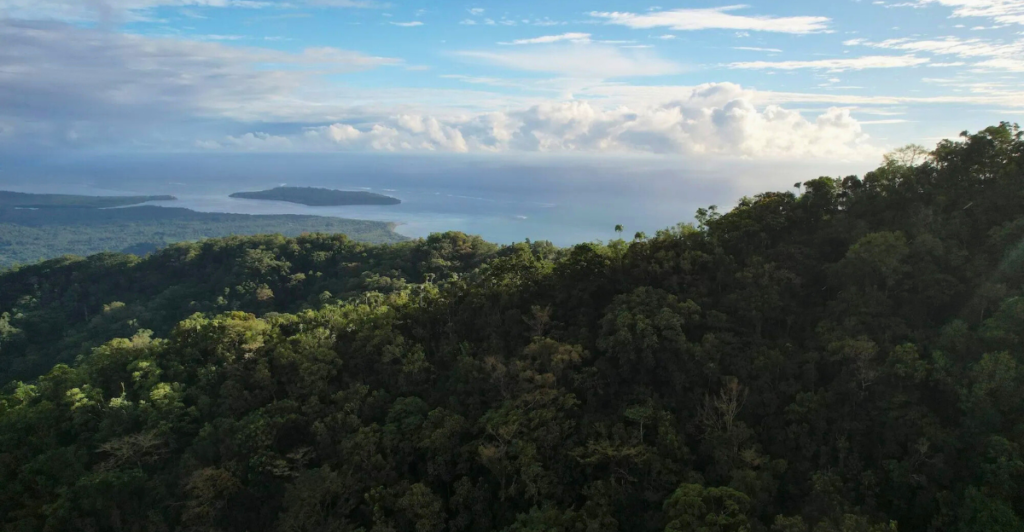
Mt. Sasari, located on the eastern end of Santa Isabel Island, rises to over 1,100 meters above sea level. This plateau is renowned for its rich biodiversity, hosting numerous endemic species. The cloud forests of Mt. Sasari provide a unique environment that supports a variety of flora and fauna, making it a critical area for conservation efforts.
The Isabel Giant Rat: An Enigmatic Species
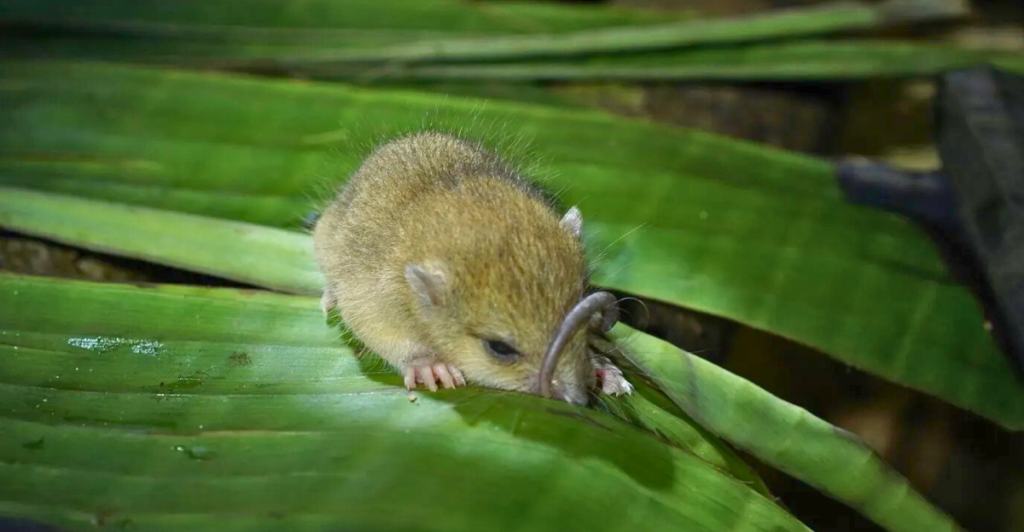
The Isabel giant rat is a large, arboreal rodent native to the Solomon Islands. Adults are approximately the size of an eastern grey squirrel, with black-brown fur and a long, hairless black tail. Historically, the species was known to inhabit the canopies of trees, feeding on thick-shelled nuts like ngali nuts and coconuts. Local communities, familiar with the rat, refer to it as the “kakahu.”
Conservation Concerns

Despite its recent re-discovery, the Isabel giant rat faces significant threats. Habitat loss due to deforestation and hunting pressures have led to a decline in its population. The International Union for Conservation of Nature (IUCN) has classified the species as endangered, highlighting the urgent need for conservation measures to protect its remaining habitats.
A Collaborative Effort
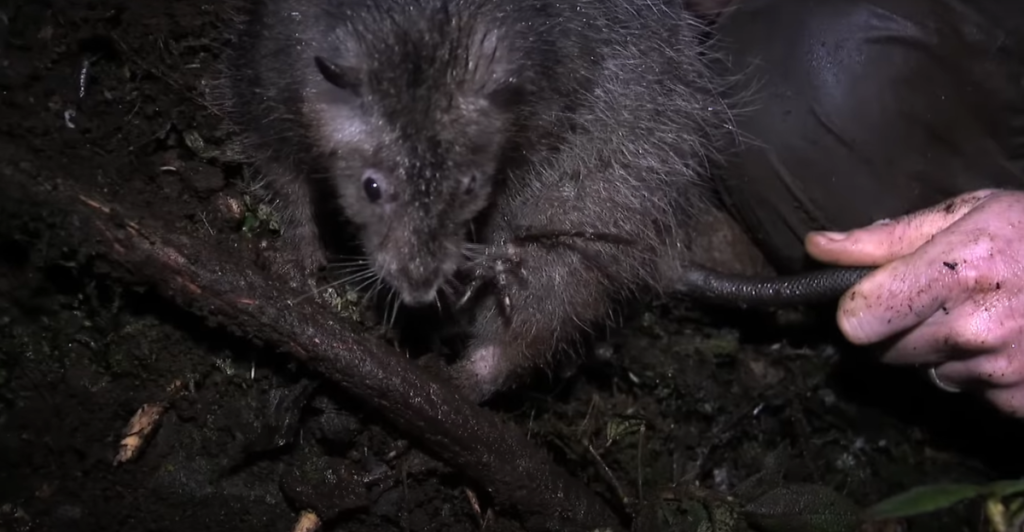
The successful re-discovery of the Isabel giant rat was the result of a collaborative effort between scientists and local communities. The research team, led by ecologist Patrick Pikacha, utilized a combination of traditional knowledge and modern scientific methods to locate the species. This partnership underscores the importance of integrating indigenous knowledge into conservation strategies.
Implications for Biodiversity Research
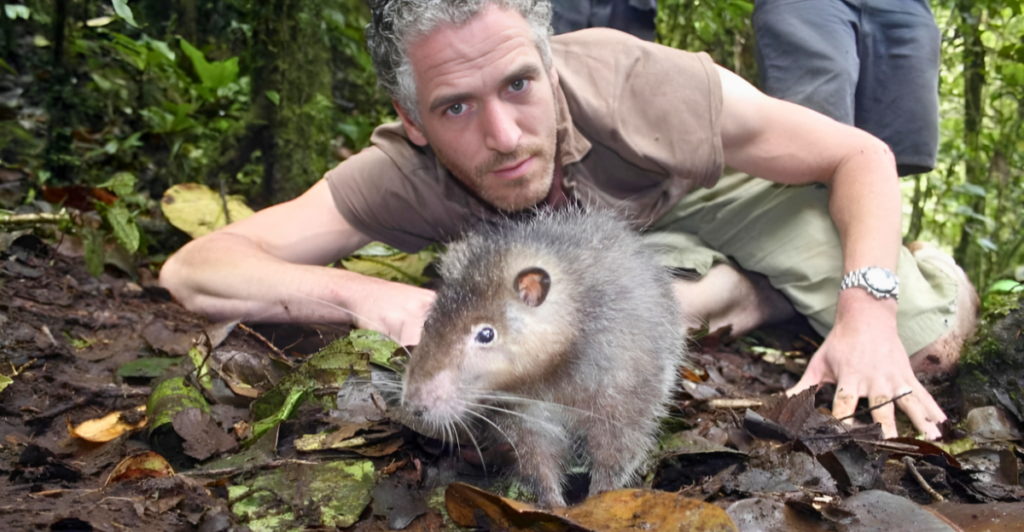
This discovery has significant implications for biodiversity research in the Solomon Islands. It highlights the importance of conducting thorough surveys in understudied regions and the potential for uncovering species previously thought to be extinct or undiscovered. The finding also emphasizes the need for ongoing research to monitor and protect the unique ecosystems of the Solomon Islands.
Future Conservation Initiatives
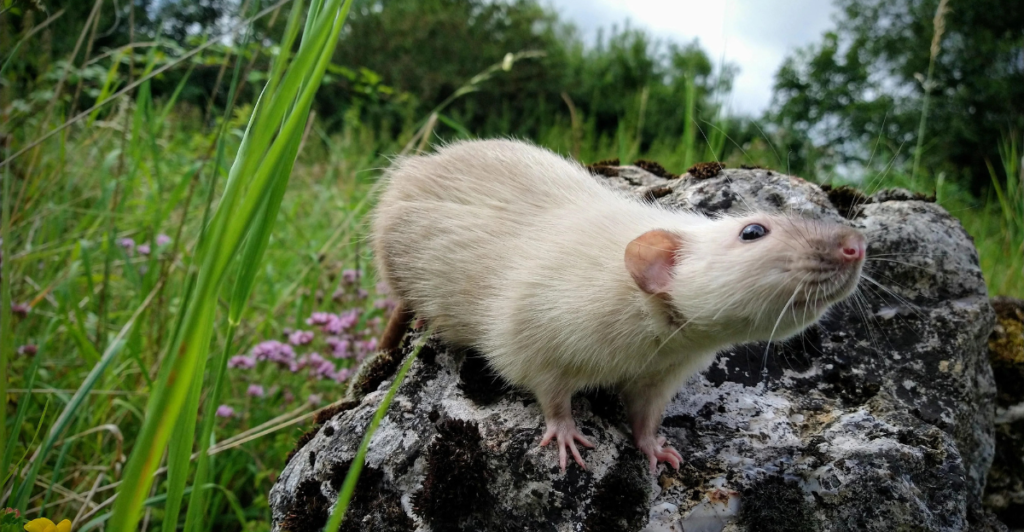
In response to the re-discovery, conservationists are advocating for the establishment of protected areas on Mt. Sasari to safeguard the habitats of the Isabel giant rat and other endemic species. These initiatives aim to preserve the cloud forests and promote sustainable land-use practices that benefit both wildlife and local communities.
The Role of Local Communities
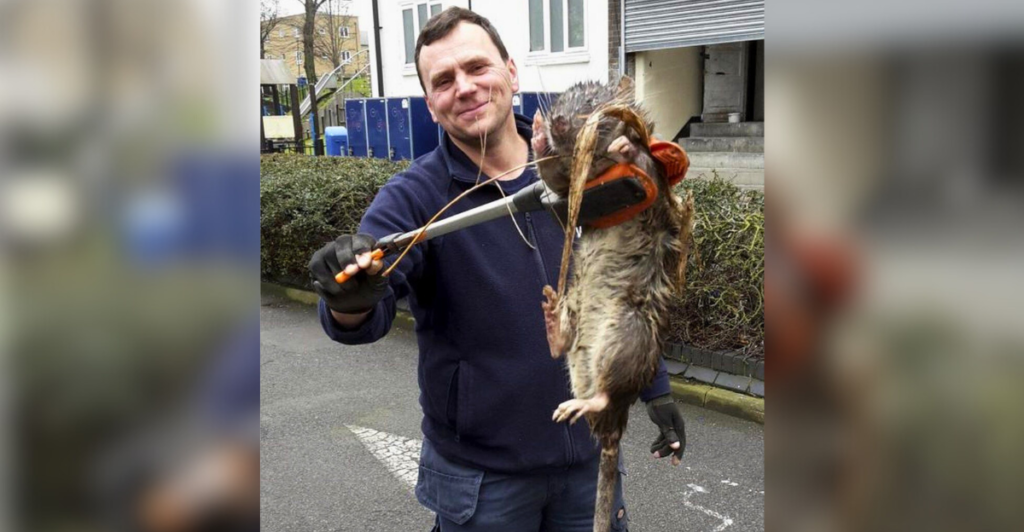
Local communities play a crucial role in the conservation of the Isabel giant rat. Their traditional knowledge and practices are invaluable in monitoring species populations and maintaining the health of the ecosystem. Engaging local populations in conservation efforts ensures that strategies are culturally appropriate and more likely to be successful.
Educational Outreach and Awareness
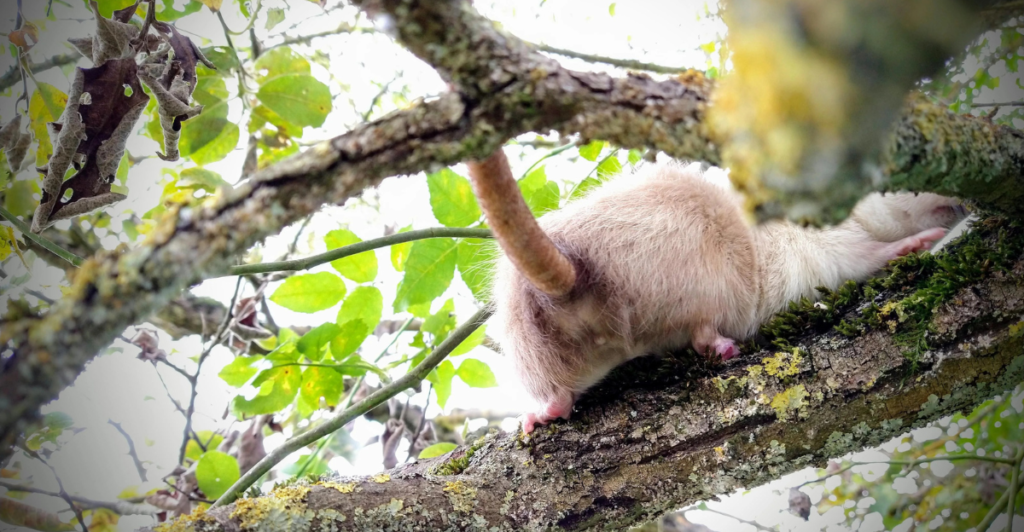
Educational programs are being developed to raise awareness about the Isabel giant rat and its ecological significance. By informing local communities and the broader public, these initiatives aim to foster a sense of stewardship and encourage participation in conservation activities.
Monitoring and Research
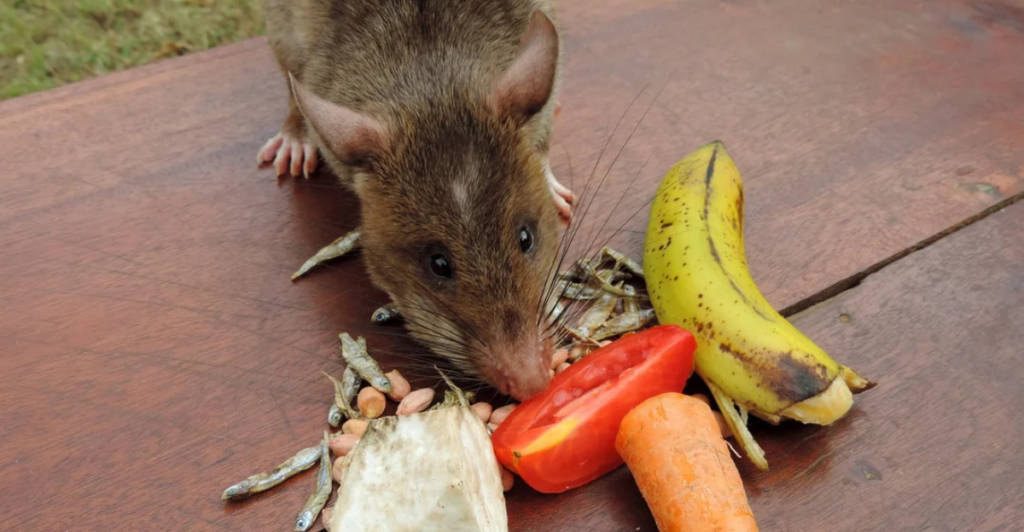
Ongoing monitoring and research are essential to understand the ecology and behavior of the Isabel giant rat. Studies focusing on its diet, reproductive habits, and interactions with other species will provide valuable insights for effective conservation planning.
Global Significance

The re-discovery of the Isabel giant rat underscores the importance of preserving biodiversity hotspots like Mt. Sasari. Protecting such areas contributes to global conservation efforts and the maintenance of ecological balance. The Solomon Islands, with their unique species and ecosystems, are a critical component of the world’s natural heritage.
The Giant Rat Rehab
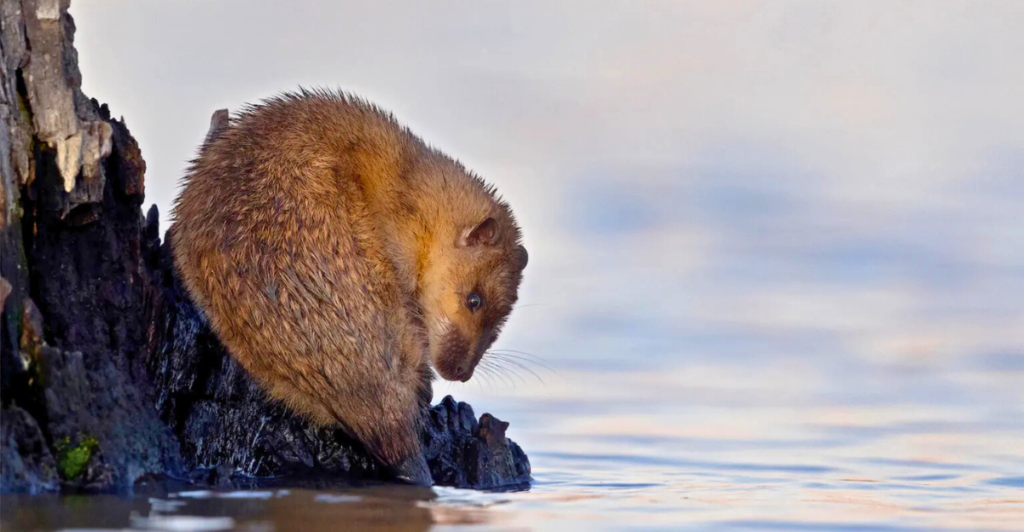
The re-discovery of the Isabel giant rat on Mt. Sasari is a testament to the resilience of nature and the importance of collaborative conservation efforts. It serves as a reminder of the vast, often hidden, biodiversity that remains to be explored and protected. As scientists and local communities continue to work together, there is hope for the preservation of this remarkable species and the unique ecosystems of the Solomon Islands.
Discover more of our trending stories and follow us to keep them appearing in your feed

Deepest Hole On Earth Permanently Sealed After 2 Billion Year Old Discovery
The 12 Tiniest Creatures Found on Earth
Neuroscientists Taught Rats To Drive Cars And Now They Refuse To Stop
How Rats With Tiny Backpacks Are Being Used to Sniff Out Wildlife Smugglers
Stay connected with us for more stories like this! Follow us to get the latest updates or hit the Follow button at the top of this article, and let us know what you think by leaving your feedback below. We’d love to hear from you!



